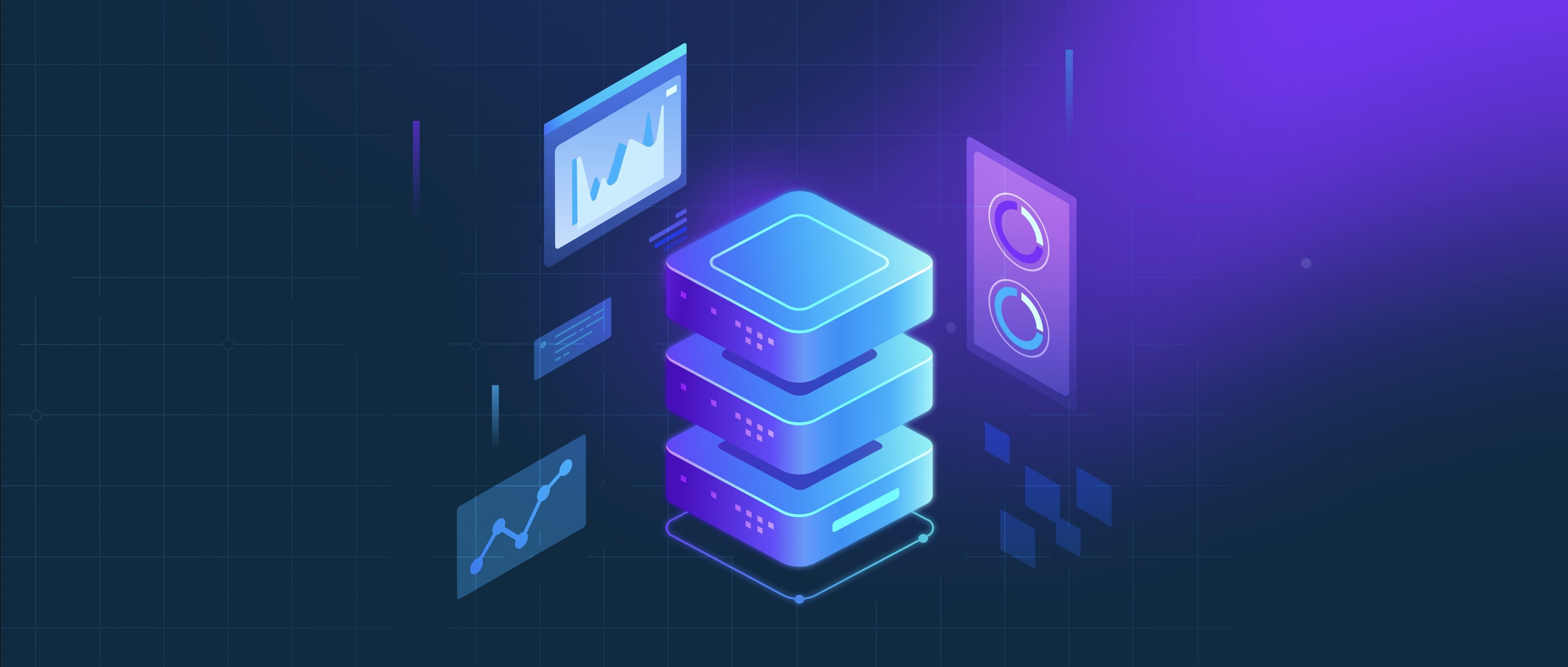A knowledge graph is a structured representation of information that illustrates the relationships between various entities, such as people, places, concepts, and events. It organizes data in a way that machines can easily understand and use, typically represented in a graph format with nodes and edges. Nodes represent the entities, while edges represent the connections or relationships between them. This structure allows for complex queries and reasoning about the relationships, making it a powerful tool for applications like search engines, recommendation systems, and natural language processing.
For instance, consider a knowledge graph built for a movie database. In this graph, each movie might be a node, and it could connect to other nodes representing actors, directors, genres, and even other related movies. If a user searches for "movies with Tom Hanks," the knowledge graph can efficiently retrieve not just the movies starring him but also those directed by Spielberg, as well as similar films in the same genre. This interconnected view of data enhances the ability to pull relevant information based on user queries, providing a richer and more informative experience.
Developers can create knowledge graphs using various databases and frameworks designed for handling complex relationships, such as Neo4j or Apache Jena. Building a knowledge graph involves data modeling, where the relevant entities and their relationships are defined, followed by data ingestion and querying. By integrating a knowledge graph into applications, developers can improve data accessibility and enhance user interaction through more meaningful insights and recommendations, transforming raw data into actionable knowledge.
